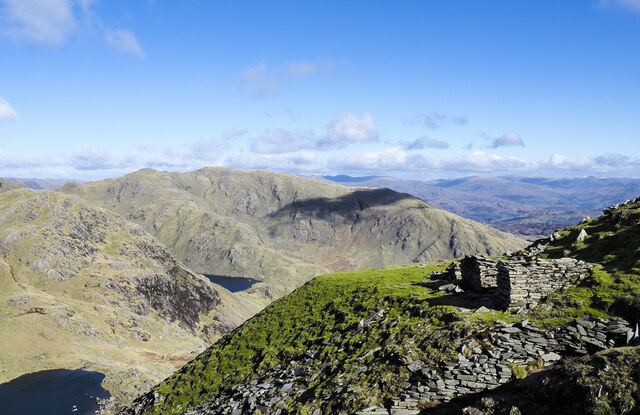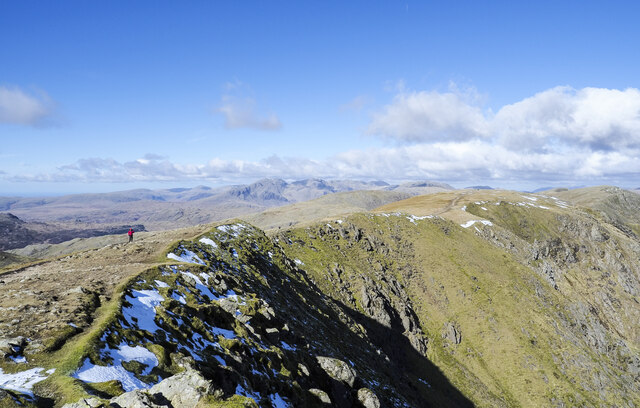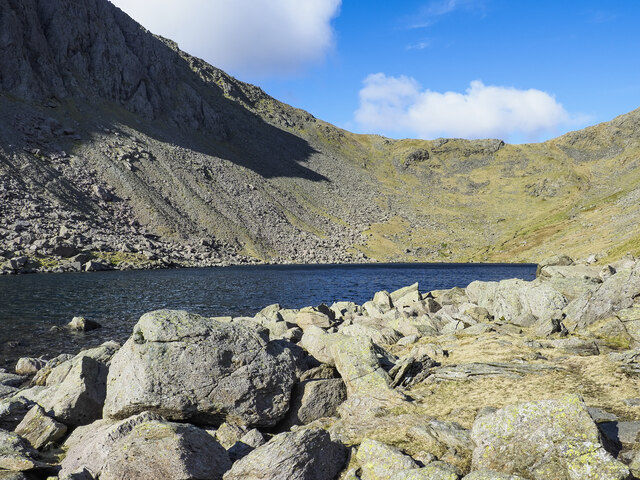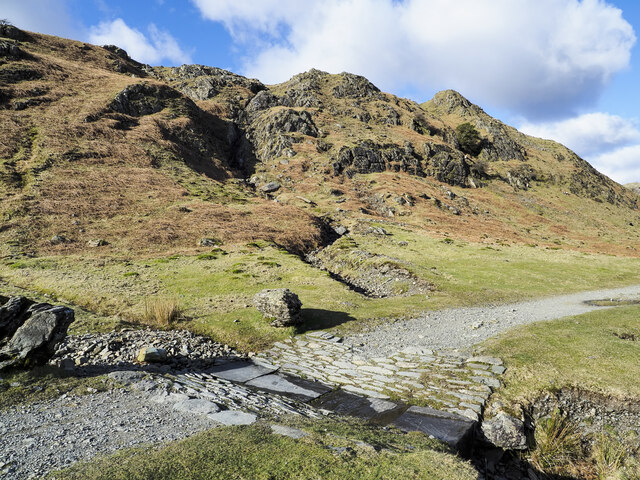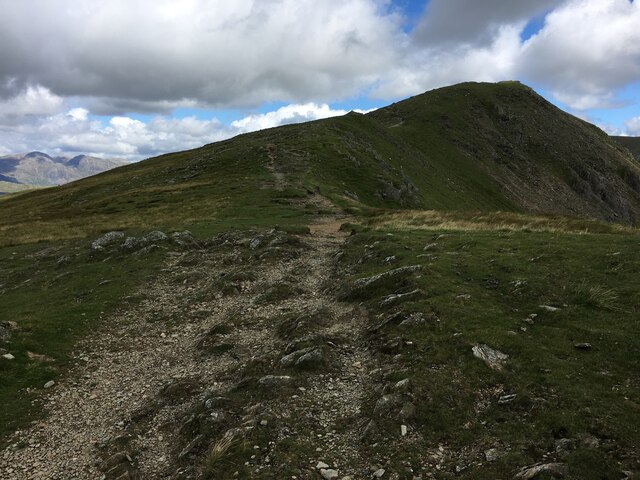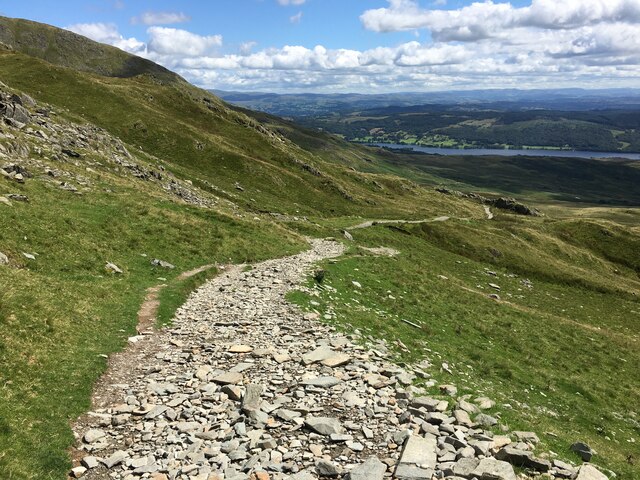Blind Tarn
Lake, Pool, Pond, Freshwater Marsh in Lancashire South Lakeland
England
Blind Tarn
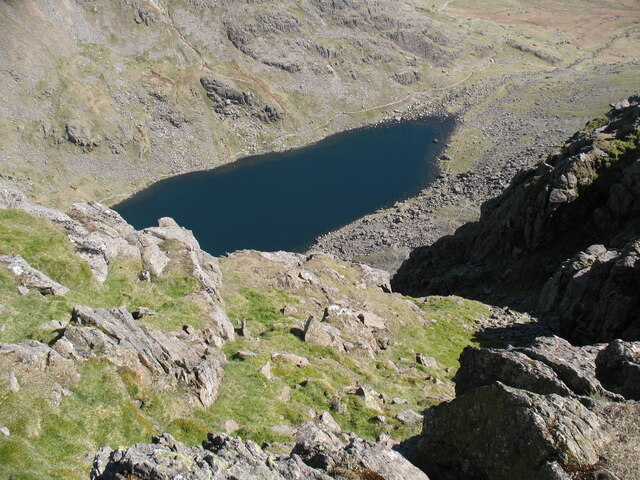
Blind Tarn is a small but picturesque body of water located in the county of Lancashire, England. Nestled amidst the rolling hills and verdant meadows of the region, this tarn is a charming example of a freshwater marsh ecosystem.
With a surface area of approximately 1.5 hectares, Blind Tarn is relatively small in size, but its beauty is not to be underestimated. Surrounded by a dense cover of reeds and grasses, the tarn is a haven for a variety of plant and animal species. The water itself is calm and still, reflecting the surrounding landscape and creating a serene atmosphere.
The tarn serves as a vital habitat for numerous species of birds, including waterfowl such as swans, ducks, and geese. The reed beds provide shelter and nesting sites for smaller birds, while the open water attracts diving birds like grebes and coots. Additionally, the marshy areas around the tarn support a diverse range of plant life, including various types of sedges, rushes, and water lilies.
Blind Tarn is also a popular spot for nature enthusiasts and hikers. A network of walking trails surrounds the tarn, allowing visitors to explore the area and admire its natural beauty. The tranquil ambiance and stunning views make it an ideal location for photography, painting, or simply enjoying a peaceful picnic by the water's edge.
Overall, Blind Tarn is a gem of the Lancashire countryside, offering a glimpse into the region's rich biodiversity and providing a serene escape from the bustle of everyday life.
If you have any feedback on the listing, please let us know in the comments section below.
Blind Tarn Images
Images are sourced within 2km of 54.360662/-3.1366159 or Grid Reference SD2696. Thanks to Geograph Open Source API. All images are credited.
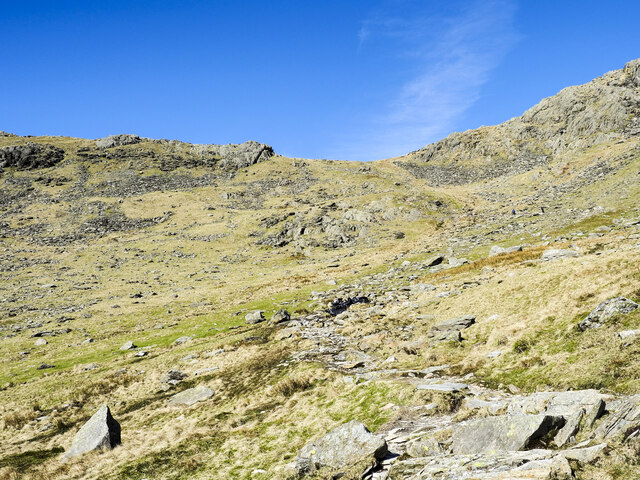
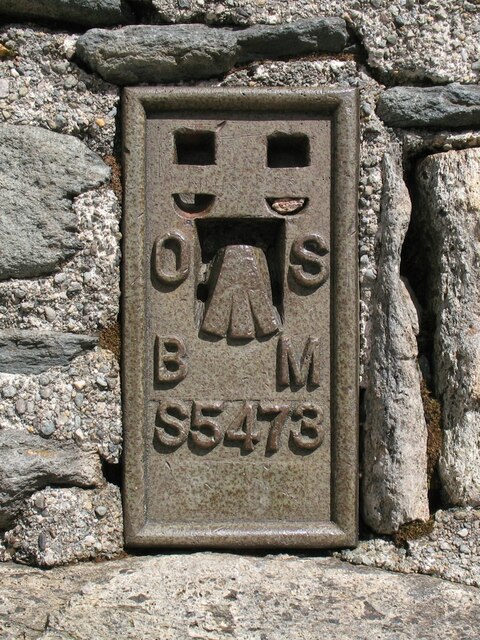


Blind Tarn is located at Grid Ref: SD2696 (Lat: 54.360662, Lng: -3.1366159)
Administrative County: Cumbria
District: South Lakeland
Police Authority: Cumbria
What 3 Words
///forge.pelt.grain. Near Ambleside, Cumbria
Nearby Locations
Related Wikis
Brown Pike
Brown Pike is a fell located in the Lake District National Park in Cumbria, England. Brown Pike is near the village of Coniston, and is most commonly approached...
Buck Pike
Buck Pike is a fell located in the Lake District National Park in Cumbria. Buck Pike is near the village of Coniston. Other fells in this area include...
Dow Crag
Dow Crag is a fell in the English Lake District near Coniston, Cumbria. The eastern face is one of the many rock faces in the Lake District used for rock...
Goat's Water
Goat's Water is a small accessible tarn in the English Lake District, located between Dow Crag and The Old Man of Coniston to the Duddon Valley, near the...
Nearby Amenities
Located within 500m of 54.360662,-3.1366159Have you been to Blind Tarn?
Leave your review of Blind Tarn below (or comments, questions and feedback).
